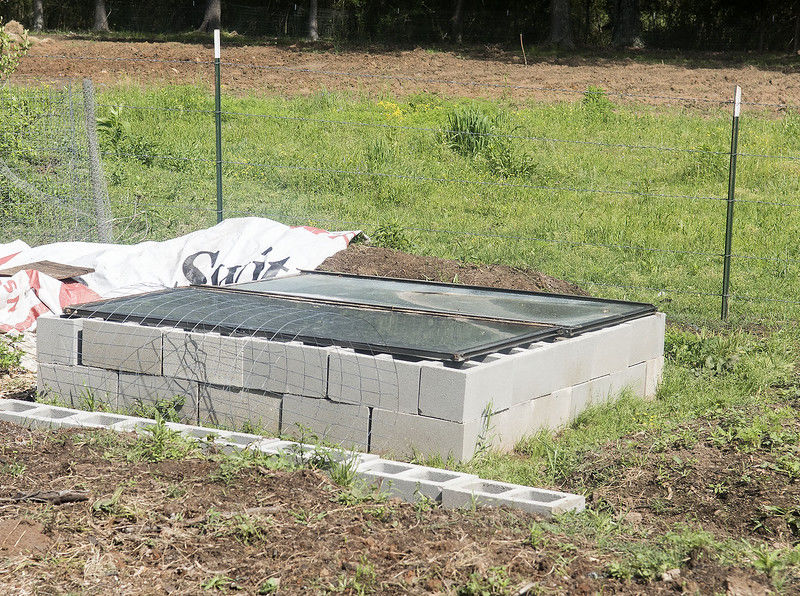Rambling Rose Farm produces holistic, diversified livestock and produce
Published 11:11 pm Saturday, April 15, 2017

- The microgreens house in the garden area is pictured at Rambling Rose Farms, in Troup. (Sarah A. Miller/Tyler Morning Telegraph)
As a young boy, Shawn Bradley spent time at his extended family’s ranch in Colorado. Those trips honed his love of farming and ranching until he was able to start his own farming operation.
Bradley embarked on a career in software development and earned a bachelor’s degree in music at The University of Texas at Tyler. He and his sister started pursuing ranching in 2011.
Trending
“It was the absolute worst time to try to raise cows,” Bradley said. “It was a year of extreme drought and wildfires. The fires were within a half-mile of the property and we weren’t allowed to go near it.”
Things changed for Bradley and his wife, Susan, in 2014 when they found a 60-acre piece of foreclosed property east of Troup and started Rambling Rose Farm.
Bradley has grown his herd of Red Angus to 11. The family’s Red Angus bull has hybrid genes from an African cattle breed that allows him to be more resistant to the East Texas temperatures and high chances of drought.
The first replacement heifer had its first calf April 10.
“Last year, we had four calves and they were all heifers,” Bradley said. “That will help us grow our herd. We are expecting four more calves this spring.”
The Bradleys raise pastured poultry for meat – managing 40 laying hens and four roosters for egg production. They will begin raising turkeys in August for holiday processing.
Trending
A floorless pen, moved to different places in the pasture daily, is used to house as many as 70 chickens on the farm.
“This practice benefits the grass in his pasture, helps with weed control and improves the quality of the meat processed,” Bradley said. “Right now, we’ve got a capacity for 80 birds with the one cage. Ultimately, I’d like to have seven or eight cages and up to 700 birds.”
The Bradleys are in the beginning stages of partnering with local chefs who use microgreens, young vegetables that take about three-weeks to grow. Chefs use them as garnish and to flavor their dishes.
Mrs. Bradley makes jams and jellies from fresh produce, selling her specialty recipe, Christmas in a jar, all year round.
“The plan is to develop our orchard so we can have enough of our own produce in our jams and jellies,” Bradley said. “Farming is a slow process. It takes a lot of patience to work on the different projects and enhance them as we go.”
Farming is not an occupation that young people tend to embark on. The median age of farmers is just over 60-years-old and high capital costs to start a farming business are big turn-offs.
“Environmental stewardship farming has gotten a bad reputation because of the large-scale factory faming models that deplete the soil and cause a lot of pollution,” Bradley said. “The way to counter that is to have more small, diversified and holistic farms. This can be an attraction for younger people who want to get started in a smaller-scale or even part-time farming capacity.”





